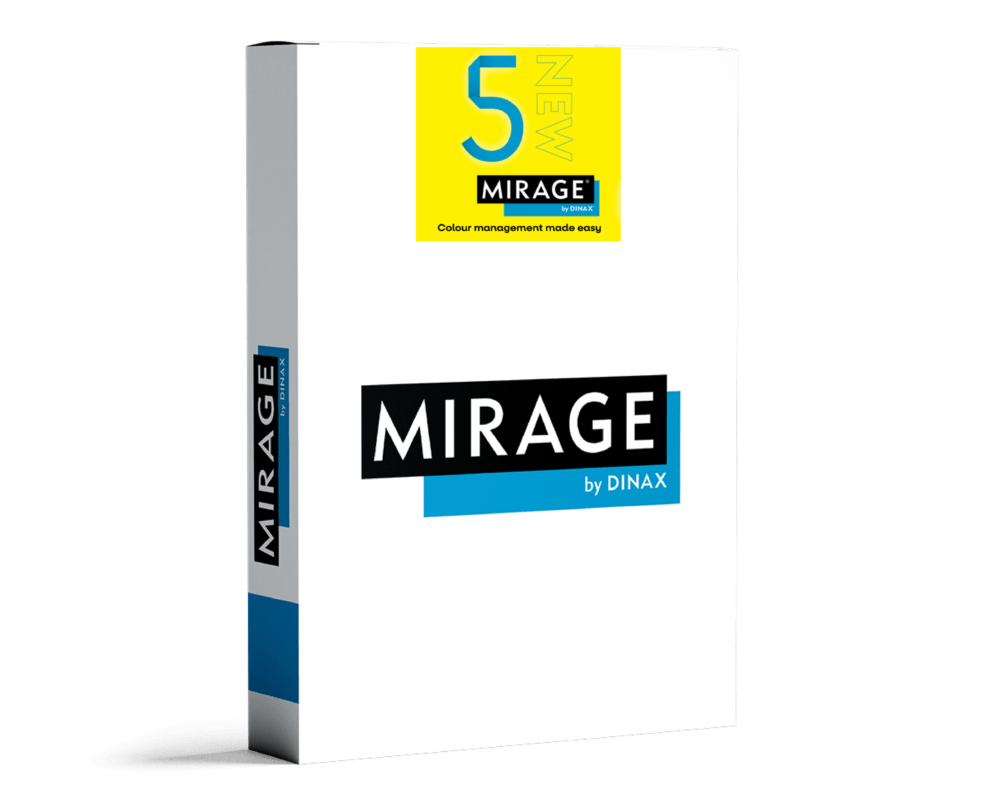There is no common language between a computer and a printer. Computers and printers speak different languages. Thus a translation between the two is necessary to ensure that what gets printed accurately reflects what appears on the screen. There is no way to get around a translator’s help if you plan to travel to China without understanding the language. Your artwork’s journey through the printer won’t go as planned without a translator, and the consequences of that could be disastrous and expensive.
What we mean by “RIP Software” is printing workflow software. A raster image is also known as a bitmap from a page description language like PostScript or Portable Document Format or XPS, or another bitmap with a resolution higher or lower than the output device. It is then sent to a printer for output in bitmap form.
What does RIP software do?
Directly instructing a printer is a breeze with RIP software since it can skip over intermediate applications.
Here are the measures to take:
- The software constructs an internal representation of the image by parsing the language of the image’s description. In a flash, RIP takes care of it all.
- The software deletes the file after it has been written to disk. It finishes one task and moves on to the next.
- The software changes the internal representation of the file into a bitmap. It is common practice for this step to occur simultaneously with the first.
- Before printing the page, the software will convert the bitmap’s continuous tones into a halftone. It’s accomplished using screening processes like Amplitude Modulation or Frequency Modulation.
- The finished item, which resembles a dot pattern, is then sent to a printer or print network.
Why is rip software needed?
While using RIP software, you can replicate the exact hues used in the original layout. Colors can be adjusted within the program. Using RIP, you can transmit the print job to multiple connected printers simultaneously.


